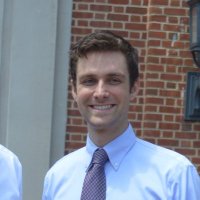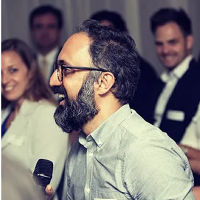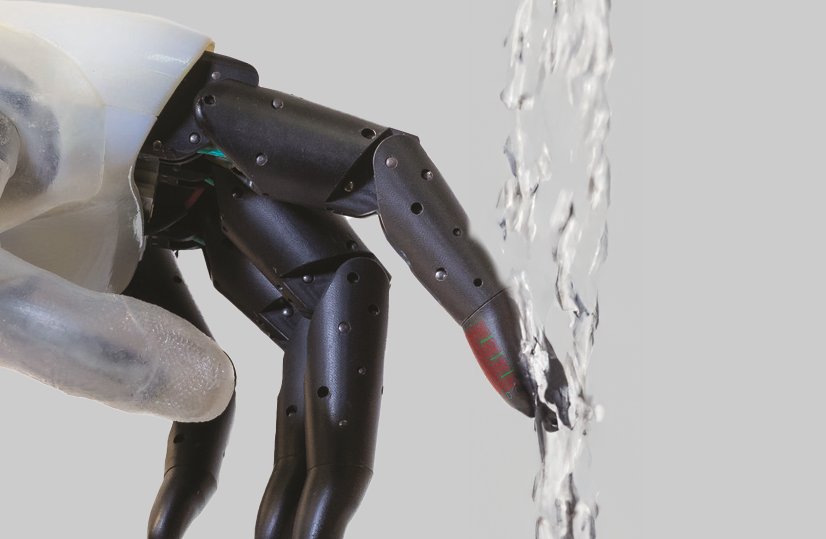
Luke Osborn
@losborn1
Assistant Professor at Case Western Reserve University and Human Fusions Institute. Sensory Feedback. Neuroengineering. Siebel Scholar. Forbes 30 Under 30.
ID: 366249417
http://pages.jh.edu/~losborn4/ 01-09-2011 20:59:47
1,1K Tweet
380 Takipçi
412 Takip Edilen

Extremely proud to announce that our paper on spinal cord stimulation to restore sensation in people with lower-limb amputation is out in Nature Biomedical Engineering! RNEL @ameya_nani Rohit Bose Bailey Petersen University of Pittsburgh UPMC PM&R Pitt Bioengineering NeuroMechatronics Lab nature.com/articles/s4155…

Time to revisit a 40-yr-old theory on brain reorganization We longitudinally scanned patients with planned hand amputations and see highly stable hand and face cortical representations before and after arm amputation Plasticity Lab Chris Baker 🧵1/13 biorxiv.org/cgi/content/sh…


How do you know if something is wet/dry? Humans have no dedicated sensor for humidity. Instead, we rely -mainly- on thermal cues. Do the test: sit on a cold bench, your first reaction is: The bench is Wet! @ploumitsakou, Muheim Jonathan, Silvestro Micera, Francesco Iberite , @thermosenselab



After 10 years of implanting Utah Arrays in 5 participants with spinal cord injuries… we provide a methodological roadmap to target and evoke tactile finger sensations using intracortical microstimulation. John Downey Robert Gaunt Jen Collinger tinyurl.com/S1roadmap 🧵1/7


Specifically, excited to share that I’ve started a new role as assistant professor at CWRU Biomedical Engineering Case Western Reserve and have joined the Human Fusions team. Get ready for some awesome science.



If you are attending SfN in Chicago this year, join our nano symposium on Oct 5th at 1 pm. We have a stellar lineup with Giacomo Valle Rochelle Ackerley, @rochelleackerley.bsky.social Stanisa Raspopovic Luke Osborn Robert Gaunt Laura Crucianelli Muheim Jonathan Natalija Katic Secerovic and others I could not find on X :) #neuroscience


Introducing our new paper, officially out in J Neural Engineering: iopscience.iop.org/article/10.108… The Phantom Menace:“A preliminary study exploring the effects of transcutaneous spinal cord stimulation on spinal excitability and phantom limb pain in people with a transtibial amputation”







